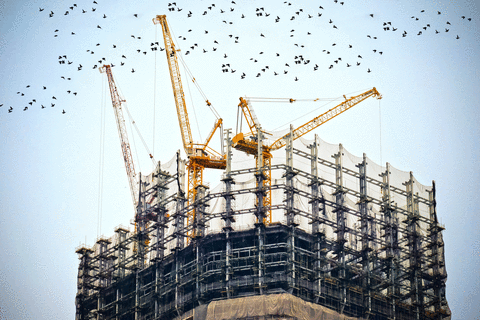Building Quality Condition and Maintenance Cost: The Case of Public Low Income Housing in Abia State, Nigeria
DOI:
https://doi.org/10.15641/jcbm.1.2.78Abstract
Maintenance cost of buildings could constitute a major cost burden on low income housing dwellers. The purpose of this paper is to investigate the relationship between physical condition and maintenance cost of low income housing buildings. Data was gathered using structured questionnaire and score sheets. The questionnaires elicited responses on the respondents’ perception of their buildings’ physical condition. The score sheets were used by trained research assistants to generate information on the state of the physical conditions of the buildings. Data analyses were carried out using Mann-Whitney U test and Spearman’s correlation. The study found that the element with the highest relative condition index (RCI=0.78) is internal walls, while external wall finishes/decoration has the least (RCI=0.45). Similarly, the element with the highest quality index (QI=0.88) is soak away pit and septic tank, while internal ceiling finishes/decoration has the least QI (0.49). It was further discovered that a significant difference exists between the RCI which is based on the respondents’ perceptions, and the QI which is based on the research assistants’ scores. The relationship between QI and annual maintenance cost is not significant, while the relationship between RCI and annual maintenance cost is significant. It was concluded that the perception of the condition of a building by its owner, rather than the physical state of the building is the main driver of maintenance cost. The study recommends that low income housing end users should be allowed to make inputs at the conception and planning stages of their buildings.
Downloads
Downloads
Published
How to Cite
Issue
Section
License
Copyright (c) 2017 Chukwuemeka Patrick Ogbu

This work is licensed under a Creative Commons Attribution-NonCommercial-ShareAlike 4.0 International License.
The JCBM is an open access journal, and the authors (copyright owners) should be properly acknowledged when works are cited. Authors retain publishing rights without any restrictions.



